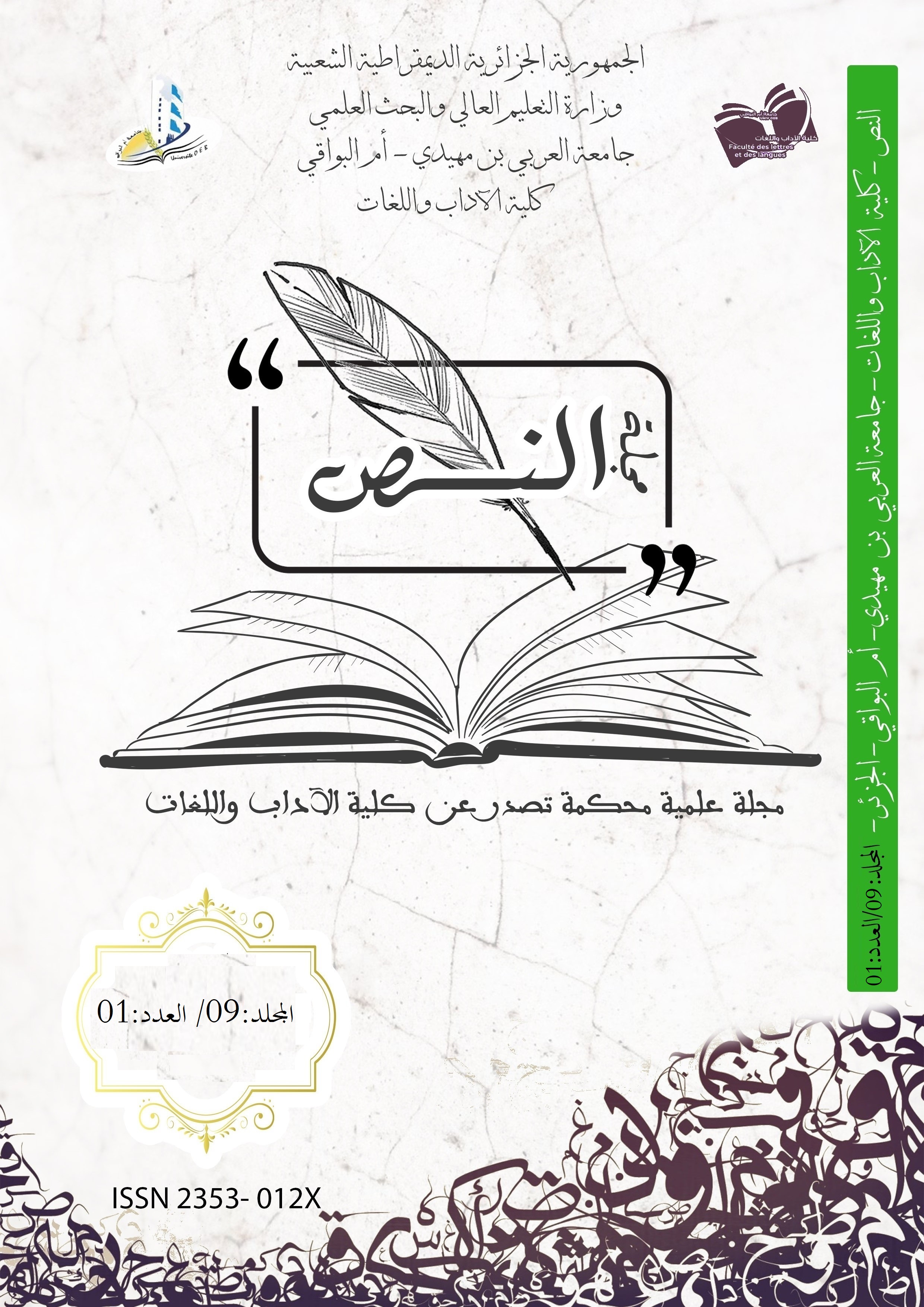Illustrated School Dictionary and Language Skills Development for Autistic People Integrated
Keywords:
Dictionary, school, images, language abilities, autism, integrationAbstract
This study seeks to provide a special work for the group of intellectual disabilities integrated into the school of preparing a dictionary for them, and I chose in my intervention category autism, by adopting the book of the first year of primary education, as a code to account for difficult words through the inventory process, classifying it alphabetically, and explaining the entrances to the dictionary in an easy Arabic language, by taking care of the age of the learner, the results showed the attention of the authors of the illustrated dictionaries studied by names and actions at the expense of their field related to social life, such as family, School, street, healthy life such as human body, food, etc. This made me categorize each word by its domain, so that the picture needed to be clarified with its appropriate area.
We recommend creating an illustrated school dictionary by looking at the image and related being an important element, and supporting this category so that this group can employ it in various areas related to the learner's personality, surroundings, environment and culture. The dictionary is a tool that no scholar dispenses with, no matter where he is active, it is a vast world in which the student finds his stray, a means of learning and surrounding the language, and sounding its depths, in drawings, colors and shapes, and therefore the problem that remains on the table: how do autistic children interact with what is linguistic, and a photographer in the school dictionary? How do images in the school dictionary enrich by word type on the one hand, and by the area to which it belongs on the other? What aspects are the focus of the depicting of words and objects and why are lexical units taken care of without others? All of this we will try to answer from our intervention as a supportive educational tool for the mentally disabled who are school-integrated






